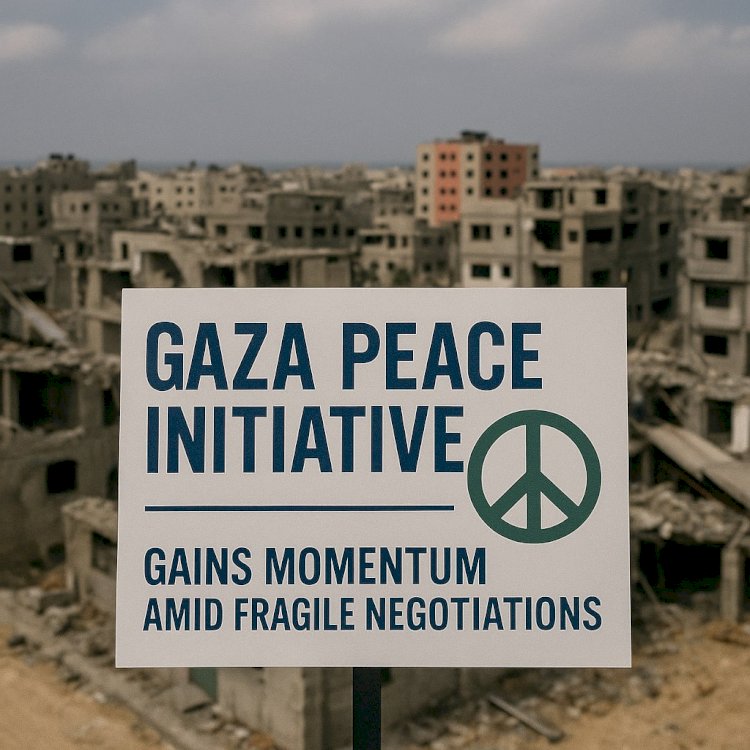Gaza Peace Initiative Gains Momentum Amid Fragile Negotiations

October 1, 2025 — A new international peace initiative for Gaza is moving forward, promising the most ambitious effort in years to stabilize the territory and ease humanitarian suffering. Yet while the framework has taken shape, the road to implementation remains uncertain, with both political and security obstacles looming large.
Core Elements of the Proposal
The draft plan, circulated among U.S., Israeli, and Arab officials, sets out a multi-phase roadmap that would:
-
Enforce an immediate ceasefire and guarantee the release of hostages
-
Secure the release of Palestinian prisoners held in Israel
-
Dismantle militant infrastructure in Gaza and remove Hamas from governing roles
-
Introduce an International Stabilization Force to maintain order and oversee compliance
-
Establish a Transitional Authority under international oversight to administer Gaza until local institutions are rebuilt
-
Launch a broad reconstruction program designed to rebuild housing, restore utilities, and stimulate the economy
The vision combines short-term humanitarian relief with long-term political restructuring, seeking to restore security while creating the conditions for eventual Palestinian self-determination.
Reactions on the Ground
Israel has cautiously welcomed the plan but insists on keeping security control during the transition. Prime Minister Netanyahu has made clear that any withdrawal will be gradual and conditional on the neutralization of militant threats.
Hamas, meanwhile, has not endorsed the proposal. The group is weighing its response but has raised concerns that the framework excludes Palestinian leadership and disproportionately reflects Israeli priorities.
Arab governments, including Egypt, Jordan, and Qatar, have voiced support in principle. They see the plan as a chance to prevent wider instability in the region, though many emphasize that its success depends on broad Palestinian buy-in.
The international community is signaling readiness to back the initiative, with discussions already underway about financial aid and who might serve in key transitional leadership roles.
Key Challenges
-
Legitimacy: Without Hamas’s approval, implementation will be nearly impossible.
-
Security: Deploying and protecting an international stabilization force in Gaza remains a serious risk.
-
Governance: A transitional authority may lack legitimacy among ordinary Palestinians, who could view it as imposed from outside.
-
Reconstruction: Billions of dollars will be needed to rebuild Gaza’s devastated infrastructure, raising questions of oversight and donor confidence.
-
Politics in Israel: Netanyahu faces pressure from hardliners opposed to any concessions, further complicating negotiations.
A Cautious Path Forward
Diplomats warn that the initiative is still in its fragile early stages. Much will depend on how quickly a ceasefire can be enforced, hostages returned, and ground conditions stabilized.
While skepticism runs deep, many observers argue this may be the best opportunity in years to alter the trajectory of Gaza. If the plan holds, it could mark a turning point in a conflict long considered intractable.

 content-team
content-team 


















